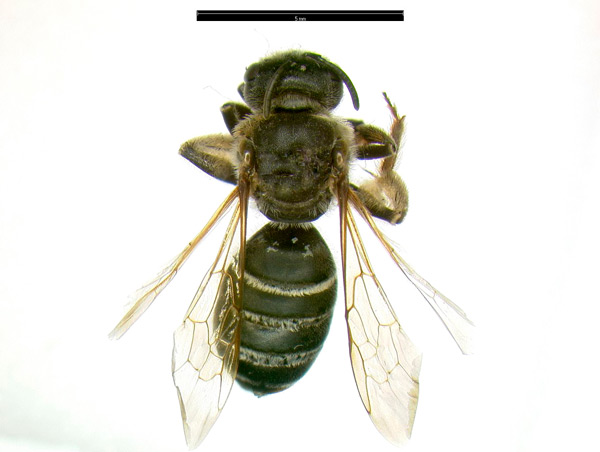

The white-striped black mason wasp is found from New Jersey and eastern Pennsylvania south to Florida and west to Kansas, Nebraska, Iowa, and Texas. They will also use holes drilled in a block of wood that is hung in protected area.Īnother species, the four-toothed mason wasp ( Monobia quadridens) is similar in appearance, but not as slender, without the mid-abdominal stripe, and with less pronounced white markings.
#Black bee with white stripes series
A series of mud chambers are built within the cavity, leaving the first and last chambers empty. They are known to use the chambers created by bees such as the eastern carpenter bee ( Xylocopa virginica) and will even kill and remove any eggs or larvae found in them. White-striped black wasps build their mud chambers inside existing wood cavities of logs and snags using leaf-rolling caterpillars as the primary larval food. Once development is complete, the adult chews its way out of the chamber as an adult wasp. The hatched larva feeds upon the caterpillars or other stashed arthropods before pupating. They are solitary wasps that build mud chambers in which they stuff paralyzed caterpillars, spiders or other arthropods. This wasp belongs to the mason wasp subfamily ( Eumeninae) of the wasp family, Vespidae.


In the process they carry pollen from flower to flower, but are not efficient at doing so. The wasps ingest nectar from the flowers they visit. It is a frequent visitor to flowers that produce copious amounts of nectar, such as goldenrods ( Solidago sp.), white snakeroots / thoroughworts ( Ageratina and Eupatorium sp.) and mountain mints ( Pycnanthemum sp.). This striking wasp ( Pseudodynerus quadisectus) is encountered in the eastern United States from mid to late summer.


 0 kommentar(er)
0 kommentar(er)
